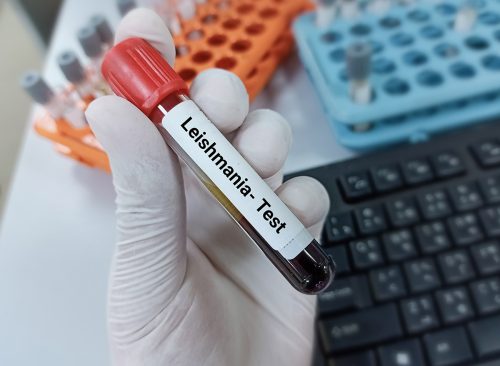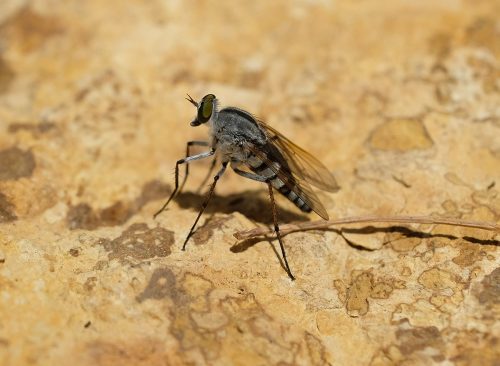Nasty Tropical Skin Disease Hits America, Here’s How to Protect Yourself
Several cases have been identified in the United States.

Endemic diseases occur regularly in a specific area or community but not in others. Typically, tropical environments serve as breeding grounds for many diseases, while non-tropical environments are less likely to experience these conditions. However, the Centers for Disease Control and Prevention (CDC) reports that a skin disease once confined to tropical climates has now become endemic in the United States.

Cutaneous leishmaniasis is considered a “neglected tropical disease,” according to Scientific American. Previously, it only affected the world’s poorest people and didn’t attract international attention.

Inflicted by parasites spread by sandfly bites, the skin erupts in lesions that can result in depression. “You get facial scarring for life, which causes all sorts of issues relating to depression and stigma,” says parasitologist David Molyneux of the Liverpool School of Tropical Medicine in England.

Once upon a time, it was endemic in the Middle East, Asia, Africa, and Latin America. The only cases in the United States were assumed to be contracted by travelers who returned home.

However, over the past decade, there have been reports that people who had no history of travel outside of the US were contracting the nasty skin disease – meaning they must have caught it stateside.

Officials from the CDC believe it now appears to be “endemic” in Texas as well as some southern border states, finding that this new form is genetically different from the cases found abroad.

“This genetic information adds credence to this idea that leishmaniasis is occurring here in the United States; it’s endemic here in the United States, at least in Texas and maybe southern border states,” Dr. Mary Kamb of the CDC’s Division of Parasitic Diseases and Malaria, said in an interview with CBS News.

They presented the information at the annual meeting of the American Society of Tropical Medicine and Hygiene (ASTMH) on October 19, revealing that they analyzed 2,133 tissue samples sent to the CDC for testing between 2005 and 2019.

While most of the positive samples came from people who had traveled to countries where cutaneous leishmaniasis was endemic, 86 people who were infected had not traveled outside the U.S.

Using genetic sequencing, they identified two distinct “strains.” “This species of parasite has a different genetic signature in travelers and non-travelers,” Vitaliano Cama, a microbiologist with the CDC who worked on the study, added to Scientific American. “That’s a trend we hadn’t seen before.”

The “American strain” was found in samples going back 18 years, and most were from Texas. “Throughout the analysis we conducted, both signatures appear every year,” Cama says. “It seems it’s been there for some time.” A lack of awareness in other states makes it difficult to know if it is elsewhere. “From a public health perspective, we want to raise awareness among physicians that cases may occur without international travel,” Cama says, “at least in Texas and perhaps other states.”
RELATED: 15 Things You Should Never Do at the Doctor’s Office, Say Doctors

The CDC admits that preventing skin disease is difficult. “No vaccines or drugs to prevent infection are available,” they write. “The best way for travelers to prevent infection is to protect themselves from sand fly bites. Personal protective measures include minimizing nocturnal outdoor activities, wearing protective clothing, and applying insect repellent to exposed skin.” However, “prevention and control measures must be tailored to the local setting and typically are difficult to sustain.”














